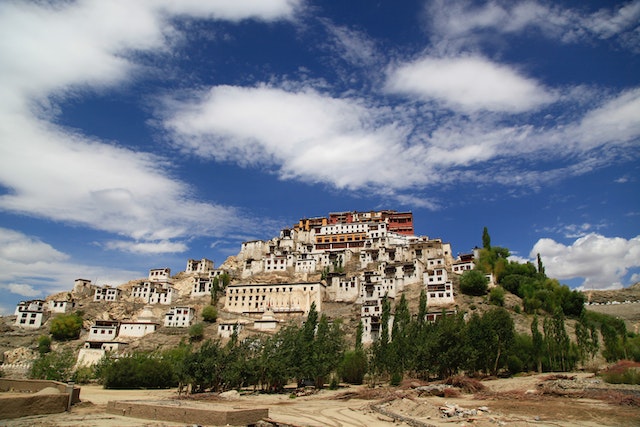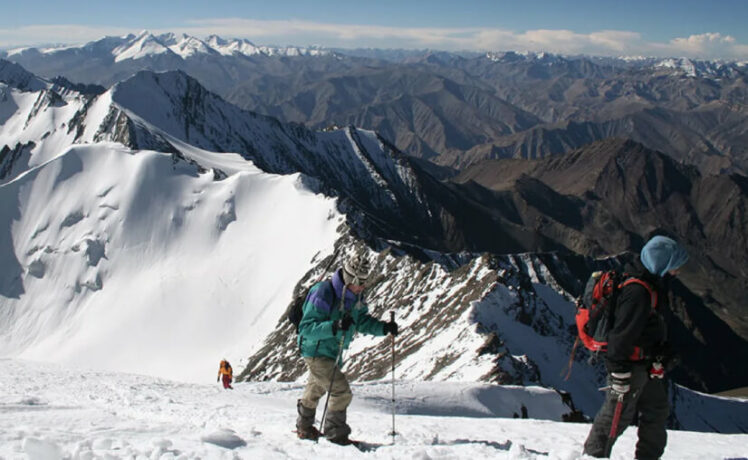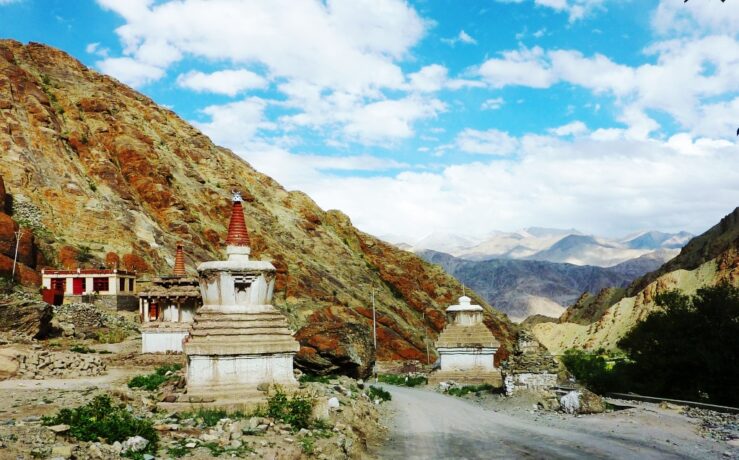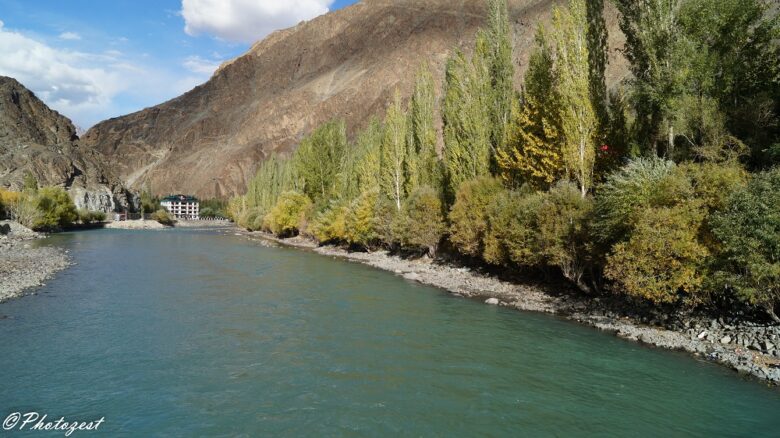
Ladakh is a beautiful region located in the northernmost part of India’s state of Jammu and Kashmir. It is a high-altitude desert with a unique landscape that attracts thousands of tourists every year. Here are some tips and recommendations to help you plan your trip:
- When to go: The best time to visit Ladakh is during the summer months, from May to September. The weather during this time is pleasant, and the roads are accessible. However, if you are interested in winter sports or want to experience the Chadar Trek, you can visit during the winter months, from December to February.
- How to get there: The easiest way to get to Ladakh is by air. The region has an airport in Leh, which is well connected to major cities in India. You can also reach Ladakh by road, but keep in mind that the journey can be challenging due to the high altitude and rugged terrain.
- Where to stay: There are many options for accommodation in Ladakh, ranging from budget guesthouses to luxury hotels. Leh is the main hub for tourists, and most hotels and guesthouses are located here. However, if you want to experience the local culture and lifestyle, you can also consider staying in traditional Ladakhi homestays.
- What to see and do: Ladakh has many attractions that you can explore during your trip. Some of the popular tourist destinations include:
- Pangong Tso: This beautiful lake is located at an altitude of 14,270 feet and is famous for its changing colors. It is a popular spot for photography and camping.
- Nubra Valley: This scenic valley is located on the Silk Route and is known for its sand dunes, hot springs, and monasteries.
- Leh Palace: This historic palace was built in the 17th century and is a popular tourist attraction. It offers panoramic views of the city and the surrounding mountains.
- Hemis National Park: This park is home to the snow leopard and many other rare and endangered species. It is a popular spot for wildlife enthusiasts and nature lovers.
- What to eat: Ladakhi cuisine is unique and delicious, and you should definitely try some of the local dishes during your trip. Some of the popular dishes include momos (dumplings), thukpa (noodle soup), and skyu (a hearty stew made with vegetables and pasta).
- What to pack: When traveling to Ladakh, it is essential to pack warm clothes and comfortable shoes. The weather can be unpredictable, and it can get cold even during the summer months. You should also carry a good quality sunscreen, sunglasses, and a hat to protect yourself from the harsh sun.
Ladakh is a beautiful destination that offers a unique experience to travelers. Whether you are interested in nature, culture, or adventure, there is something for everyone in this region. I hope this guide helps you plan your trip to Ladakh and makes your journey a memorable one!


